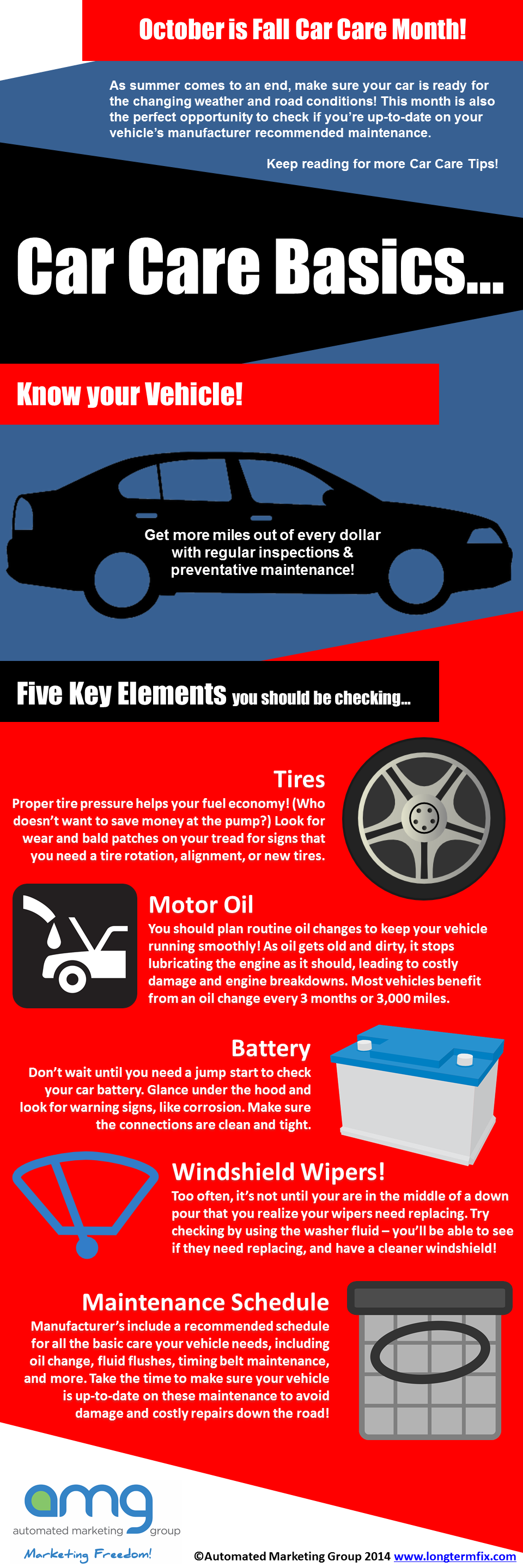Recognizing Your Automobile'S Caution Lighting: What Do They Actually Mean?
Recognizing Your Automobile'S Caution Lighting: What Do They Actually Mean?
Blog Article
Writer-Vinson Stark
When you're behind the wheel, those beautiful caution lights on your control panel can be a bit complicated. Do you understand what they're trying to inform you about your auto's wellness? Understanding the value of these lights is essential for your security and the long life of your car. So, the next time one of those lights turns up, wouldn't you wish to understand its message accurately and take the necessary actions to address it?
Common Caution Lights and Interpretations
Identify usual caution lights in your car and comprehend their significances to guarantee secure driving.
One of the most normal warning lights consist of the check engine light, which signifies concerns with the engine or discharges system. If this light begins, it's crucial to have your lorry checked without delay.
The oil stress alerting light suggests low oil pressure, calling for instant focus to prevent engine damage.
A blinking battery light might recommend a damaged billing system, possibly leaving you stranded otherwise attended to.
The tire stress monitoring system (TPMS) light notifies you to low tire pressure, influencing vehicle stability and gas efficiency. Ignoring this could lead to harmful driving problems.
The ABS light shows a trouble with the anti-lock stopping system, jeopardizing your capacity to quit promptly in emergency situations.
buffing cars near me but not least, the coolant temperature level alerting light warns of engine getting too hot, which can cause extreme damage otherwise fixed promptly.
Understanding these usual caution lights will certainly aid you address issues without delay and keep safe driving conditions.
Importance of Prompt Attention
Understanding the usual warning lights in your auto is only the initial step; the relevance of without delay attending to these cautions can't be emphasized enough to guarantee your security when driving.
When https://airliftperformancekits95062.myparisblog.com/31723448/a-key-resource-highlighting-the-vital-tools-in-every-vehicle-repair-work-workshop-shedding-light-on-the-techniques-for-efficient-vehicle-treatment brightens on your dashboard, it's your vehicle's way of interacting a potential concern that requires attention. Disregarding these warnings can result in extra severe issues in the future, compromising your safety and possibly costing you extra in repairs.
Trigger focus to advising lights can stop malfunctions and accidents. For https://drivers-class-near-me40627.mybuzzblog.com/10835104/a-vital-hand-operated-describing-the-required-tools-for-each-car-service-center-revealing-the-strategies-that-contribute-to-efficient-automobile-maintenance , a flashing check engine light could indicate a misfire that, if left ignored, might trigger damages to the catalytic converter. Resolving this without delay can save you from a costly repair.
In a similar way, a brake system cautioning light might signify low brake liquid or used brake pads, important elements for your safety and security when driving.
DIY Troubleshooting Tips
If you notice a warning light on your dashboard, there are a few do it yourself repairing tips you can attempt prior to seeking specialist aid.
The primary step is to consult your car's handbook to recognize what the certain caution light shows. Sometimes the concern can be as basic as a loosened gas cap triggering the check engine light. Tightening up the gas cap might deal with the trouble.
Another common problem is a low battery, which can activate different warning lights. Inspecting https://www.rgj.com/story/news/money/business/2021/08/02/renos-national-automobile-museum-has-wow-factor-ncet-biz-tips/5457883001/ for corrosion and guaranteeing they're safe might repair the problem.
If a caution light continues, you can attempt resetting it by separating the cars and truck's battery for a couple of minutes and afterwards reconnecting it. In addition, examining your lorry's liquid degrees, such as oil, coolant, and brake liquid, can aid troubleshoot alerting lights related to these systems.
Conclusion
In conclusion, understanding your automobile's caution lights is essential for keeping your car running smoothly and safely. By without delay attending to these signals and recognizing what they mean, you can stay clear of pricey repair work and possible breakdowns.
Remember to consult your vehicle's guidebook for certain information on each alerting light and do something about it appropriately to ensure a hassle-free driving experience.
Stay educated, stay risk-free on the road!
